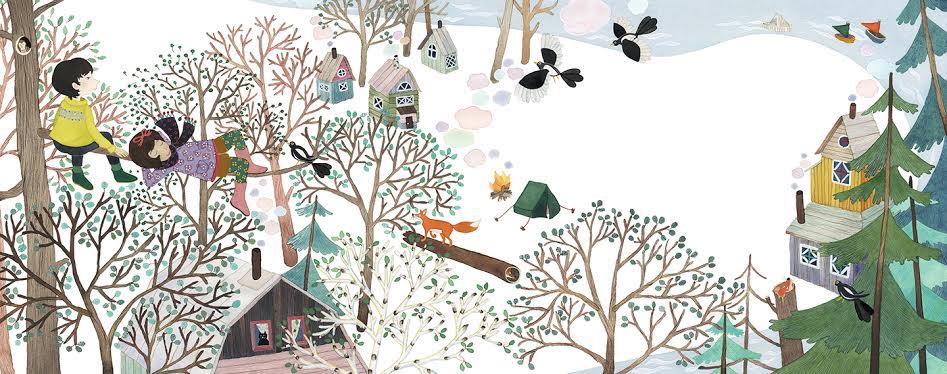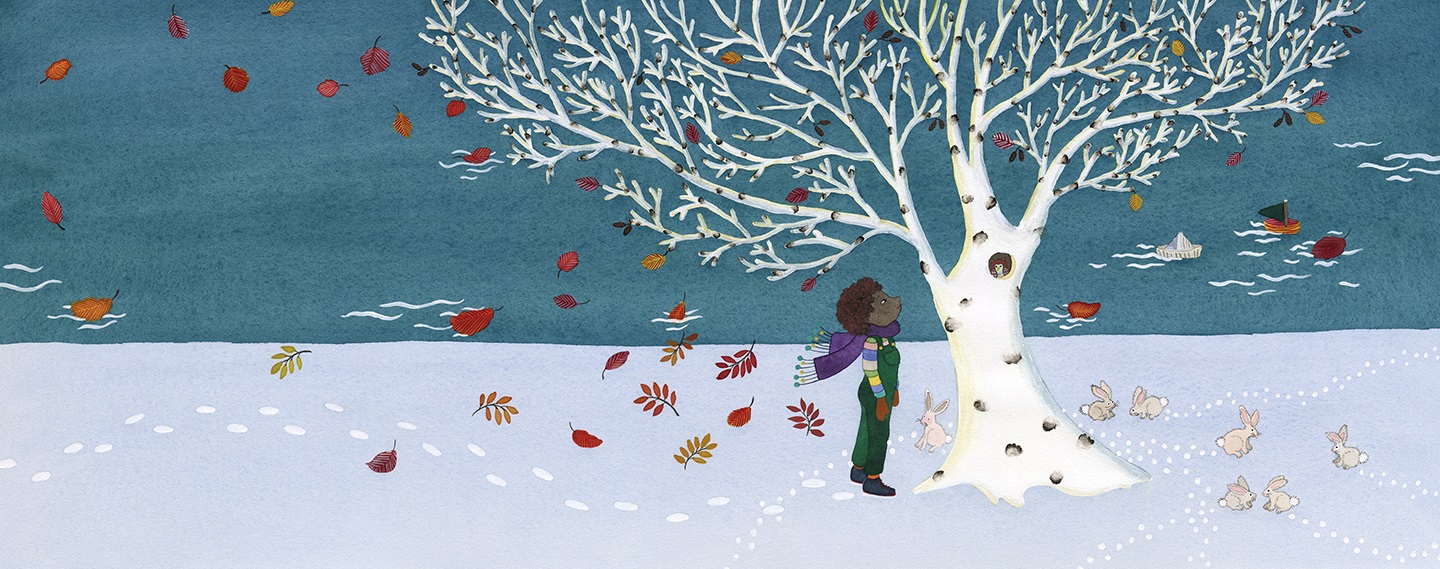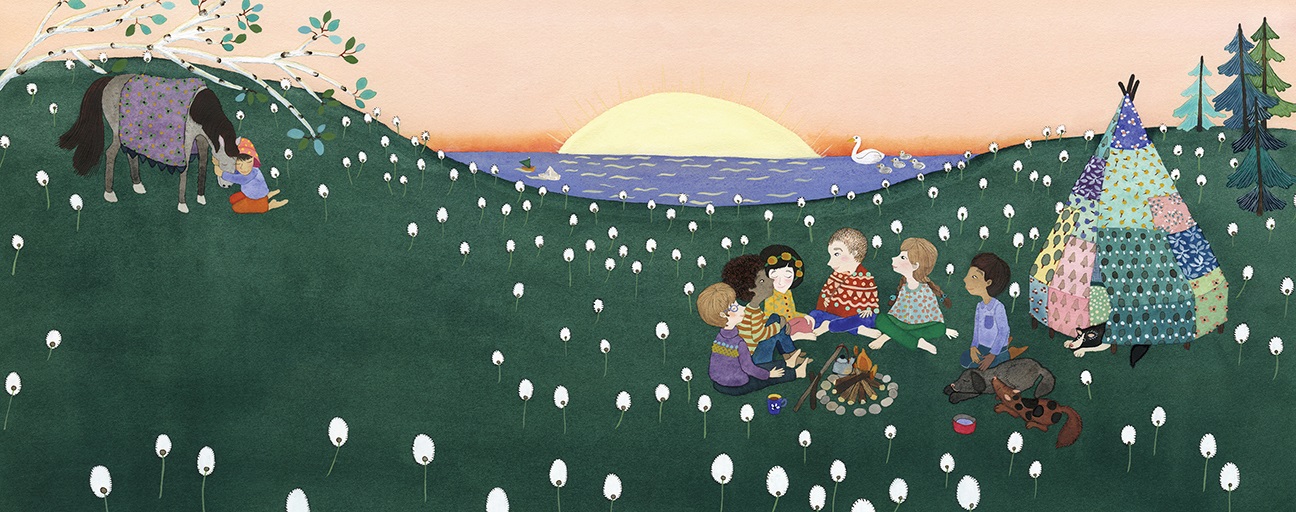05 May 2020: Home learning
Hello Year 1!
I hope you’ve had a great start to the week.
Thank you for continuing to send me emails of your learning, or just to tell me what you’ve been up. It’s nice to hear that you are happy and staying safe.
Onto today’s tasks…
I made a little mistake on this video! First person who spots it and emails me gets a smartypants when we get back to school.
Reading
For today’s reading task, I want you to have a go at this BBC Bitesize lesson. It’s all about one of my favourite stories, Funny bones!
After you’ve listened to the story being read, your task is to complete activity one. If you want to stick the activity in your home learning book, click on this link.
Geography
Watch and listen to this fun song about the world’s five oceans.
Then, click on this link and complete the task.
05 May 2020: Home learning
Hello everyone
We hope you are enjoying the videos from your teachers. We have been told, by lots of families, that seeing your teachers helps with your home learning.
Try to keep reading for at least twenty minutes per day. If you have run out of your own books to read there is a super online library of eBooks to read. on https://www.oxfordowl.co.uk/for-home/find-a-book/library-page/
Just register on the website, log in and choose what you want to read.
Tuesday’s short story
Read by Mrs Freeman
https://drive.google.com/open?id=1ljMEhelfcZ1pAua_jwc37yyY6HxJo5Ma
Here are your tasks for today.
Task 1
Geography – Explorers
LO: To name and locate the major seas surrounding the United Kingdom.
Over the next few weeks, as explorers, we will be doing all sorts of things to do with oceans and seas, from boats to treasure maps, from coral reefs to sea monsters! We’ll get in the mood today by imagining ourselves taking a journey around our country in a seaplane – a flying boat!
Is it a boat that can also fly – or an aeroplane that can also sail on water?

Seaplane Scene
Close your eyes and imagine boarding the seaplane. I will read to you.
As the journey progresses, explain what you can hear and see as well as how you feel.
Carefully, walk up the steps to the seaplane. Strap on your seatbelts. Listen carefully to the safety announcement. Are you feeling excited? A bit scared? Nervous? Very happy? Listen to the motor of the seaplane. Is it very loud? Thunderous? Grumbly? The seaplane is rocking on the waves. Can you feel the movement? The seaplane is moving quickly, getting ready to take off. It’s going faster and faster… up and up… until you are high above the water, looking through your window at the sea below. The waves seem small. The distant land and all the buildings are tiny. The clouds are close. Now we are flying through the white fog, up and away over the sea, flying swiftly. What do you feel? Our journey takes us over the sea until we decide to fly down, down, down… to land safely back on the sea.
Open Google Earth. https://www.google.com/earth/
Navigate to the UK, hovering well above it so that the children can see the British Isles entirely surrounded by sea.
Can you see UK here? Which part of our image shows water? Which is land? Stress that the UK is really a set of islands, surrounded by sea.
Although all the seas join up into one great body of water, each sea has its own distinct name, a bit like places on land. Look at the names of seas around the country (you may wish to use the simple Labelled UK Outline Map – the North Sea, the English Channel, the Celtic Sea, the Bristol Channel, the Irish Sea and the Atlantic.
Look at this map.
Answer the following questions.
Has anyone seen any of these seas or travelled across them?
Locate Leeds on the map. Which sea is closest to us?


Which is the next closest?
Which is furthest away?
The UK is one country, but it is made up of 4 individual nations: England, Scotland, Wales and Northern Ireland.
Using the map attached, label the different seas that surround the UK.
Challenge
Why is Northern Ireland a bit different?
Task 2
Now for some music!
LO: I can spot energetic rhythms and repeated words or phrases in a song.
Which sea is mentioned in the song?
Perhaps you can make up your own dance with some actions? Have fun!
Task 3
Reading
LO: I understand what I have read.
Answer the following questions about the sea plane text.
True or false? The sea plane moved very slowly.
Are these instructions in the correct order? Strap on your seatbelts. Listen carefully to the safety announcement. Carefully, walk up the steps to the seaplane. If not, write them out correctly.
Why did the author describe the land as distant and the buildings as tiny?
Where did the sea plane land?
Remember to take regular breaks and stay safe!
CHALLENGE INCOMING from Mr Wain and Miss Wilson…
… to a trick shot challenge!
Here’s Mr Wain’s and here’s Miss Wilson’s!
Who has got the best trick shot?
Who can play it cool the best?
Who can find the most ridiculous items?
We’re challenging you to find what you can from around your home or garden and complete a spectacular shot. Send in your videos and we can answer this important question:
WHO CAN ‘TRICK SHOT’ BETTER… Y5 OR Y6?!
jenwilson@spherefederation.org
oliwain@spherefederation.org
Chapter 13 Part 1
04 May 2020: Home learning
Hello everyone!
I hope you had a great weekend. It would be great to hear what you’ve been up to.
On a Monday, as you come into school, you usually write one sentence about something you did over the weekend. It would be great if you could do this today and send me a picture of it.
Onto today’s main tasks…
Maths
Reading
For today’s reading task, follow this link to the Department of Education’s letters and sounds YouTube page. Everday, at 10.30am, there is a live phonics lesson. Please take part in today’s lesson – lesson 6. If you are unable to watch it at 10.30am, the session will still be available after.
Science
In our first Science topic of the year, we learnt about materials. Follow this link and complete the BBC lesson to recap some of the knowledge learnt in that topic.
04 May 2020: Home Learning
Hello all,
Here’s Monday’s learning tasks…
Reading
This week, all of our reading tasks are about a polar explorer, Robert Falcon Scott. You’ll be learning about his amazing and tragic (bit of a clue there) expedition to the South Pole.
Maths
We’re continuing with shape in maths this week. Click here for the video lesson.
Here’s the worksheet link if the video doesn’t work: Y4 – Maths – Shape – Lesson 5
Science
Finally, here’s your science lesson.
04 May 2020: Home learning
Morning, everyone! Hope you had a great weekend – thank you for the photos and videos! Stay tuned for another episode of the Hall of Home Learning Fame…
Y5 Maths Friday Answers
- a) -3°C
- b) 2°C
- c) 6:15pm
- d) 7°C
- e) -1.3°C
- f) 8:45pm
- g) 3 hours 45 minutes
- h) 4pm and 5pm
Y5 Maths – LO: read and interpret line graphs
Following on from Friday’s learning, today’s task is all about interpreting line graphs. However, this time, there will be some problem solving questions.
These types of questions require you to complete more than one step in order to find the answer – we looked at this on the screencast lesson last Wednesday.
Click here for today’s task.
Then, click here for today’s task!
Y5&Y6 Geography – LO: I know some world-wide countries and some of their major cities.
- Population
- Size (area)
- Location (within the country)
- Main River (if there is one)
- Distinguishable features (e.g. a mountain or national park nearby)
- Climate
- An interesting fact!
- complete it in your home learning book
- on a computer/tablet eg powerpoint or keynote
- on a piece of paper to then stick in your home learning book
- record yourself talking about the country and its major cities
Whichever way you decide to present your work, I would love to see it. So, please do send them over to oliwain@spherefederation.org or jenwilson@spherefederation.org.
04 May 2020: Home learning
Happy Monday Year 2!
We hope that you have all enjoyed your weekend.
Mrs Freeman and Mrs Taylor are alternating (weekly) setting the home learning. Please contact either of us through the week. However, it is likely to be whoever has set the work that will respond. Thank you
Here are some messages from Mrs Freeman. Hope they work! 
https://drive.google.com/open?id=1MDTQ2ijowEhiBDsZzdUBWV5RB7cVjL8E
https://drive.google.com/open?id=1MLe4DnJzla2h_3dCf9PytLmG5i2qTjU-
It is remarkable how well the children have adjusted to the current situation. It has been great to see so much learning going on at home.
Please stay in touch. jackiefreeman@spherefederation.org carolinetaylor@spherefederation.org
First of all here are the answers to the Venus Fly Trap activity.
Today’s tasks are spellings, reading and maths.
Task 1
Spelling
Here are your spellings for the week.
All the words are homophones or near homophones. A homophone is a word which sounds the same as another word but has a different meaning. They are often, but not always, spelt differently.
Please copy the words into your home learning book using a staircase.

here hear
quite quiet
one won
hole whole
blue blew
night knight
break brake
our hour
I am giving you two extra words to spell this week. These are words that are misspelt a lot in class.
- because
- with
Task 2
Reading fluency In class, we often have mindfulness sessions. These activities can boost the quality of our lives in many ways. In today’s rush, we all think too much—seek too much—want too much—and forget about the joy of just being.
During these unsettled times, we all have more time to just sit and think.
Why Do We Need Mindfulness?
Being mindful helps you:
- pay attention better
- be less distractible
- learn more
- stay calm under stress
- avoid getting too upset about things
- slow down instead of rush
- listen better to others
- be more patient
- get along better
- feel happier and enjoy things more
Read the poem below. Make a note of any new words or phrases.
Breathe and Be

I breathe slowly in,
I breathe slowly out. My breath
is a river of peace.
I am here in the world.
Each moment I can breathe and be.

I watch the stream.
Each thought is a floating leaf.
One leaf is worry,
another leaf is sadness.
The leaves drift softly away.

I breathe slowly in,
I breathe slowly out. My breath
is a pathway of peace
moving softly through me.
Each day I can breathe and be.
Please read this poem every day. Try sitting or lying down in different positions or places.
I would like you to send some pictures, or films, of yourselves reading your fluency text out loud. Towards the end of the week, I will put them together for a class news post.
Get reading!
Mrs Freeman
Optional activity
Safari
The Safari exercise is a great way to help kids learn mindfulness. This activity turns an average, everyday walk into an exciting new adventure.
Tell your children that you will be going on a safari: their goal is to notice as many birds, bugs, creepy-crawlies, and any other animals as they can. Anything that walks, crawls, swims, or flies is of interest, and they’ll need to focus all of their senses to find them, especially the little ones.
Adults can do this too! A similar exercise for adults is the mindfulness walk. This exercise provokes the same response in children that a mindful walk elicits in adults: a state of awareness and grounding in the present.
Task 3
Maths
Starter
Write these numbers as words. 99 37 12 54 8 76
LO: Fact families addition and subtraction bonds to 20
Complete this lesson.
https://whiterosemaths.com/homelearning/year-2/
Challenges


Chapter Twelve Part 2
01 May 2020: Home learning
Answers for Thursday’s home learning.
Y5 Maths answers
Click here.
Today’s learning:
Y5 Maths – LO: interpret line graphs
Following our Autumn term based recap of our learning, today’s work involves interpreting line graphs.
There are 7 questions followed by a challenge – give it your best shot. If you need a little bit of help, you know where to find me!
Click here to start.
Y6 Maths – LO: decimals
Write a story that goes with these calculations:
8 – 5.3
guide to remind you of the difference between facts and opinions.
Y5&Y6 Geography – LO: I know some European countries and their capital cities.
Today’s learning follows closely from yesterdays. Yesterday you were asked to pick six new countries in Europe and find out and remember their capital cities.
Here are six that I learnt!
- Latvia – Riga
- Moldova – Chisinau
- Slovenia – Ljubljana
- Estonia – Tallinn
- Montenegro – Podgorica
- Lichtenstein – Vaduz
Using four out of the six new capital cities you have learnt, you are to create a fact file for each one! In your fact file, I would like you to provide the following information:
- Population
- Size (area)
- Location (within the country)
- Flag
- Language
- Currency
- Main River (if there is one)
- Distinguishable features (e.g. a mountain or national park nearby)
- Climate
- An interesting fact!
Remember, when researching your capital cities, be safe online and think about how we kept safe online whilst in school!
If you have any questions about this learning or are stuck at all, please email me – I’m always willing to help!
Keep smiling!
